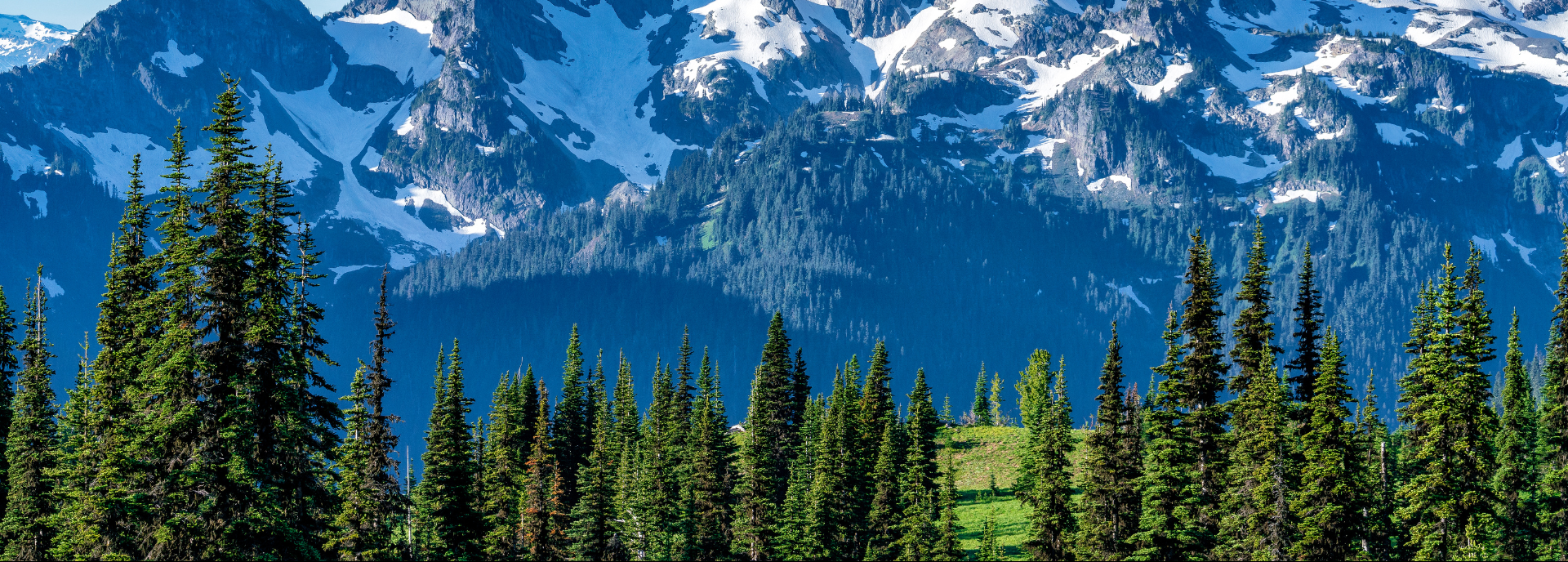What is climate restoration?
Climate restoration means bringing back a climate in which humans have thrived over the long term – and doing it by 2050, while Earth’s systems are still functioning well enough to support the process.
The historically safe climate refers to the pre-industrial era, which lasted for thousands of years until about 100 years ago. This stable climate allowed agriculture and civilizations to flourish, with CO2 levels in the atmosphere remaining around 280 parts per million (ppm).
Where are we now?
Today, we’re in uncharted territory. Over the past couple of centuries, we’ve burned so much fossil fuel that a trillion tons of excess, or “legacy,” CO2 now lingers in the atmosphere.
There’s 50% more CO2 in the air than there was 200 years ago. In terms of parts per million (ppm), we’ve gone from 280 in pre-industrial times to over 420 ppm today.
For perspective: The last time CO2 levels were this high was between 14 and 16 million years ago—long before humans existed, even before hominids and chimps evolved from gorillas.
Created with Highcharts 5.0.7Click and drag in the plot area to zoom in100012001400160018002000-1.5-1-0.500.511.52Powered by the 2 Degrees Institute
Global Temperature Record
Won’t reaching net-zero emissions by 2050 keep us safe?
In the 2015 Paris Accords, the world agree to reach “net zero” emissions by 2050. Net zero means not adding any more greenhouse gases pollution to the atmosphere.
Net zero is a vital goal. It’s also confusing.
A lot of people think that achieving net-zero will bring back a safe climate, but that’s not the case. Here’s why: Each year we add about 36 billion tons (or gigatons, or Gt) of heat-trapping CO2, mostly by burning oil, gas, and coal That’s a lot. Yet this 36 billion tons is only 3.6% of the legacy CO2 that’s already in the air.
If we stopped all emissions tomorrow, we’d still have that trillion tons of legacy CO2 in the atmosphere. And that’s what’s disturbing the climate the most.
Then why do we hear so much about net zero?
In 1990, the UN and global leaders agreed to “stabilize” greenhouse gases (GHG), a goal we now call “net-zero emissions.” This means two things: 1) transitioning to clean energy—primarily solar, wind, and batteries—as much as possible, and 2) balancing any remaining fossil fuel emissions by removing an equivalent amount of CO2 from the atmosphere (hence the “net” in net zero).
In 1990, CO2 levels were still arguably safe for humanity, so if we had stabilized them then, we’d likely be fine now.
However, as you know, we didn’t. We just kept burning more and more fossil fuels, emitting more and more greenhouse gases. Now, three decades later, even if we magically achieved net-zero tomorrow… we’d still be stuck with the CO2 pumped into the atmosphere over the last 200 years. About a trillion tons of it. And that legacy CO2 is the main engine behind climate chaos.
If we stabilize emissions (achieve net zero) in 2050 without removing the legacy CO2— CO2 levels will be even higher than now.
Humans are simply not built for these conditions. Could future generations—or even civilization itself—survive them? It’s doubtful.
Yes, we need to reduce our reliance on oil, gas, and coal, especially for the sake of human and ecosystem health. But that’s not enough.
We also need to bring CO2 levels back to what humans have survived over the long term. That means removing a trillion tons of CO2 from the atmosphere—safely, permanently, and affordably.
How is climate restoration different from other climate action?
Climate restoration is a new paradigm. It’s the leading edge of climate action.
For 40 years, climate efforts have centered on mitigation and adaptation. Mitigation is about reducing the greenhouse gases we send into the atmosphere. This is where we swap out fossil fuels for cleaner energy and reduce emissions to prevent the worst effects of the crisis.
Adaptation means preparing to withstand the crisis. People are building sturdier houses to handle stronger storms, restoring natural seacoasts, and planting drought-resistant crops. Adapting is our way of adjusting to what looks inevitable.
Climate restoration is a new way of thinking. Instead of aiming to avoid the worst possible outcomes, we are determined to achieve the best—a safe climate for future generations.
Reducing emissions and adapting are important. But, to actually end the crisis, we need to restore a safe climate.
How do we know we can restore the climate?
Humans haven’t removed a trillion tons of CO2 from the atmosphere before, but Nature has absorbed vast amounts over time, particularly during the cooling periods that led to ice ages. So, we know large-scale CO2 removal is possible.
Natural processes like rock weathering and ocean absorption can gradually capture gigatons of CO2 over time. These processes have been happening for millions of years.
In recent decades, scientists have discovered ways to replicate and speed up these natural processes. Nature-based climate restoration solutions, perfected over millennia, offer a promising path forward, and many are relatively low-tech and affordable.
What’s the biggest challenge to restoring the climate?
The biggest challenge we face right now is that there are no national or global commitments to restoring the climate for future generations. Many people don’t even realize climate restoration is possible. That’s where the Foundation for Climate Restoration comes in—working to raise awareness and bring climate restoration into the conversation.
What can you do to help restore the climate?
-
- Join the climate restoration movement by becoming a member of the Foundation for Climate Restoration. You’ll connect with others who care about sustaining future generations and learn what you need to know to become an effective climate-restoration advocate. Click here to join.
- Share what you learn with your friends, family, colleagues, and organizations.
- Sign up here for more information!
